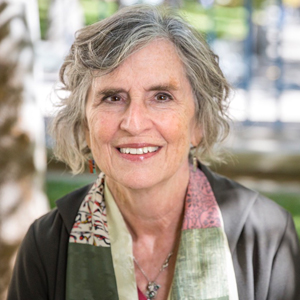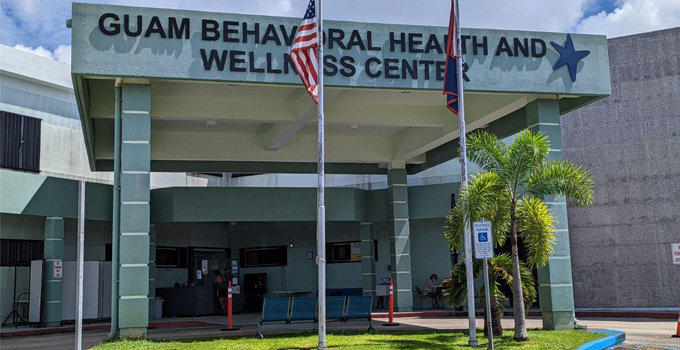Rural America has been facing mental health clinician shortages for decades. But with The University of New Mexico School of Medicine’s rural psychiatric residency program, New Mexicans all over the state have better access to mental health clinicians than those who reside in rural areas in other states.
Now UNM is bringing this same model to another place where psychiatric clinicians are sorely needed, Guam.
According to psychiatric professor Helene Silverblatt, MD, UNM psychiatric residents will now have an opportunity to do rotations at the Guam Behavioral Health and Wellness Center.
“It’s such an exciting program that is moving forward with loads of potential,” said Silverblatt, who, in addition to being a professor, is also the associate residency training director for rural psychiatry at the School of Medicine and the executive director for behavioral health at the Office of the Vice President for Community Health.
The in-state psychiatry residency program at the School of Medicine has been ongoing for 30 years, thanks to a state-funded grant, Silverblatt said.
“We’ve really been a pathbreaker in rural rotations,” she said. “Our residents have done rural rotations all over the state. It’s been such an enriching experience for them.”
Due to the success of the long-term rural residency program, its prominence grew.
Dennis Mohatt, the vice president for behavioral health at the Western Interstate Commission for Higher Education (WICHE), an agency that allows nonresident students to enroll and pay 150 percent or less of the enrolling institution’s resident tuition, took an interest in the program and came to Silverblatt with an idea.
“He asked if I thought any of our residents would be interested in doing a rotation in Guam,” she said, referencing the westernmost point and territory of the U.S. In Oceania, Guam is the largest and southernmost of the Mariana Islands and the largest island in Micronesia.
“I responded and got approvals very quickly, because I knew this would be a great opportunity,” she added.
In October 2022, Silverblatt had the opportunity to travel to Guam and look at the program firsthand.
“It’s such an interesting and well-put-together program,” she said. “I know it will be a very worthwhile and enriching training experience for our residents, and I think our faculty will learn a lot too.”

It looked like such an interesting and well-put-together program. It would be a tremendous opportunity to learn about Guam. I know it will be a very worthwhile and enriching training experience for our residents, and I think our faculty will learn a lot too.
Throughout the duration of her visit, Silverblatt said she noticed a plethora of cultural similarities between Guam and New Mexico – but of course several cultural differences as well.
“They have strong traditions, like we do, and it’s a great place to learn about a very different cultural world,” she said. “This is a place that was formerly very influenced by the Spanish-speaking world, but now is also very much influenced by Asia and Asian culture. The program would be a tremendous opportunity to learn about Guam.”
A flight to Guam from Albuquerque takes upwards of 20 hours, including layovers. The first resident already took the trek to Guam in early July and has just begun the residency program.
“It’s quite a commitment, but she’s quite excited about it,” she said. “We’re hopeful it will be something we can continue and expand to create a little hub there eventually.”
The time difference between Albuquerque and Guam is 16 hours. When it’s 3 p.m. in Albuquerque, it’s 7 a.m. in Guam.
Still, Silverblatt said she’s committed to creating lasting working relationships with the Guam faculty.
“They’ll become part of our community faculty, and benefit from what we can offer them in terms of access to health care information,” she said. “We also hope to be a presence in improving mental health issues in Guam as well.”
She added that the program will be mutually beneficial. While the number of physicians on the island has increased in recent years, there remains a demand for general and specialty care.
“I think it’s a win-win situation for us and for them,” she said. “The hope is that one of our residents will eventually want to stay on full-time.”
Looking forward, Silverblatt said she hopes the program will inspire other departments to start other residency and post-graduate programs in Guam.
“It opens up possibilities for us to open up a true presence there with other rotations, including nursing, psychology and more,” she said. “It’s an opportunity to really create some interprofessional health care training programs there. I think we would all learn a lot from each other.”
